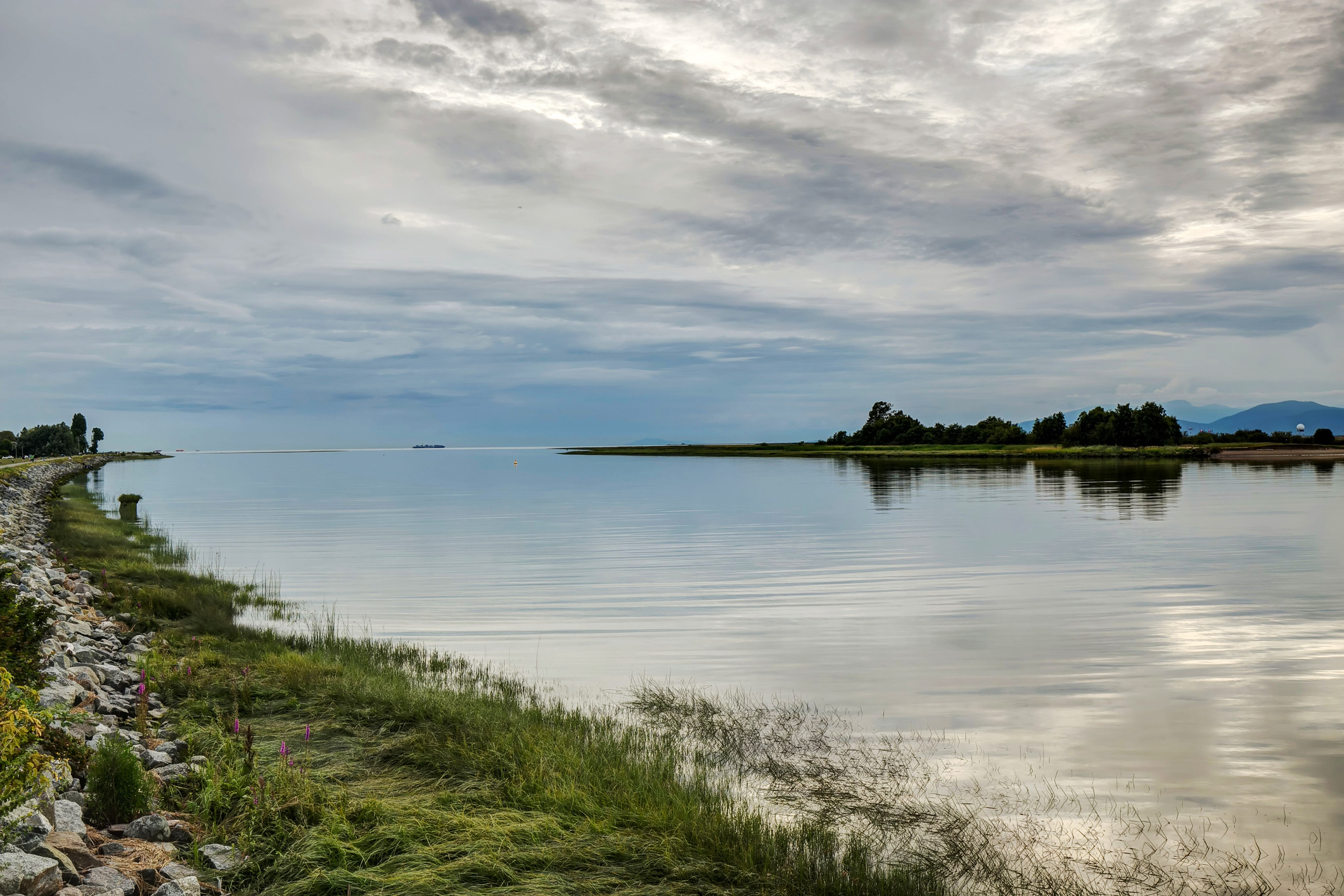On Friday, the Government of Canada announced an investment of over $2 million in protecting coastal habitats in B.C.’s Fraser River estuary and successful conservation initiatives executed by Parks Canada.
Carla Qualtrough, Member of Parliament for Delta and Minister of Public Services and Procurement, made the announcement on behalf of Dominic LeBlanc, Minister of Fisheries, Oceans and the Canadian Coast Guard. In particular, the government announced that the Raincoast Conservation Foundation will receive $2,658,217 over five years to implement the Fraser River estuary project.
“I am proud to support this Coastal Restoration Fund project that will protect British Columbia’s biodiversity and restore important salmon habitats. Our funding will facilitate collaborative efforts to carry out this essential work along the Fraser River,” said Qualtrough.
The project is focused on improving connectivity and natural processes on the banks of the Fraser River estuary for the benefit of juvenile chinook, pink, and chum salmon, as well as other species. To achieve that end, tidal marsh habitats in the Fraser estuary will be cultivated to support the species. The tidal marshes are significant, as they provide productive rearing areas for juvenile salmon and have been reduced to a fraction of their historic area through infill and development activities. As well, numerous training walls and rock jetties constructed in the Fraser River (e.g. North Arm, Iona, Steveston) have changed salinity, temperature, and sedimentation patterns in the estuary, which has led to the erosion of marsh channels, poor growing conditions, and limited access for juvenile salmon.
Also on Friday, the Minister of the Environment and Climate Change and Minister responsible for Parks Canada, Catherine McKenna, announced the release of A natural priority – A report on Parks Canada’s Conservation and Restoration Program, highlighting 41 conservation projects from coast-to-coast-to-coast.
The report outlines conservation challenges in national parks, marine conservation areas, and historic sites, and also covers Parks Canada’s approach to addressing these issues as well as the main accomplishments of the Parks Canada’s Conservation and Restoration (CoRe) program. About half of all projects are collaborations with Indigenous communities or partners, who made invaluable contributions to their success. Highlights of the report include:
- Keeping it clear—Restoring Clear Lake in Riding Mountain National Park (Prairies, Yukon, NWT): Actions included restoring 3.78 hectares along Bogey Creek by cleaning up waste material at Grey Owl dump, re-contoured slopes, and re-vegetated the shoreline in day-use areas.
- Rejuvenating aquatic ecosystems—Restoring the lakes of La Mauricie National Park (Quebec): Genetically distinct populations of brook trout were captured and bred, and nearly 50,000 offspring were released into their native lakes. To help improve natural conditions of the park’s lakes and streams and restore connectivity, 18 log dams were dismantled.
The CoRe program represents an ongoing investment in the restoration of ecological integrity and recovery of species at risk, with a total of $84 million dedicated over five years (2017-2022).
“By investing in conservation and restoration projects across the country, Parks Canada is protecting wildlife and restoring ecosystems under threat. These projects demonstrate that ecological integrity is our first priority in managing Canada’s natural spaces,” said McKenna. “I would like to thank all the Parks Canada team members, Indigenous communities, partners, and volunteers involved in these projects – your work helps us protect Canada’s rich natural legacy for our children and grandchildren.”









